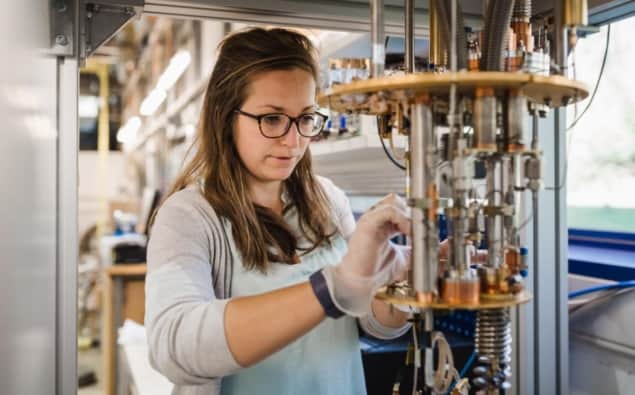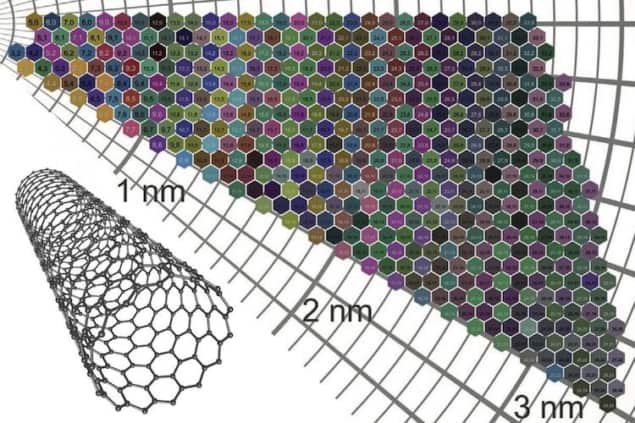Πώς τα T-λεμφοκύτταρα θα μπορούσαν να ενισχύσουν την ανοσία έναντι του κορωνοϊού
Οι Καθηγητές της Θεραπευτικής Κλινικής της Ιατρικής Σχολής του Εθνικού και Καποδιστριακού Πανεπιστημίου Αθηνών, Ευστάθιος Καστρίτης και Θάνος Δημόπουλος (Πρύτανης ΕΚΠΑ), συνοψίζουν πρόσφατα δεδομένα από δημοσίευση στο έγκριτο περιοδικό Nature.
Στον αγώνα ενάντια στις αναδυόμενες παραλλαγές του SARS-CoV-2 (που προκύπτουν από μεταλλάξεις στην πρωτεΐνη ακίδα), οι ερευνητές αναζητούν πέρα από τα αντισώματα ενδείξεις για μακράς διάρκειας και αποτελεσματική προστασία από την COVID-19 και σε άλλα σκέλη του ανοσοποιητικού. Η ανησυχία σχετικά με παραλλαγές του SARS-CoV-2 που ενδέχεται να είναι μερικώς ανθεκτικές στην δράση των αντισωμάτων που αναπτύσσονται μετά τον εμβολιασμό έχουν προκαλέσει νέο ενδιαφέρον σχετικά με άλλου είδους ανοσολογικές αντιδράσεις που διαθέτει ο οργανισμός και που προστατεύουν από ιούς.
Συγκεκριμένα, τα Τ-λεμφοκύτταρα, που είναι




